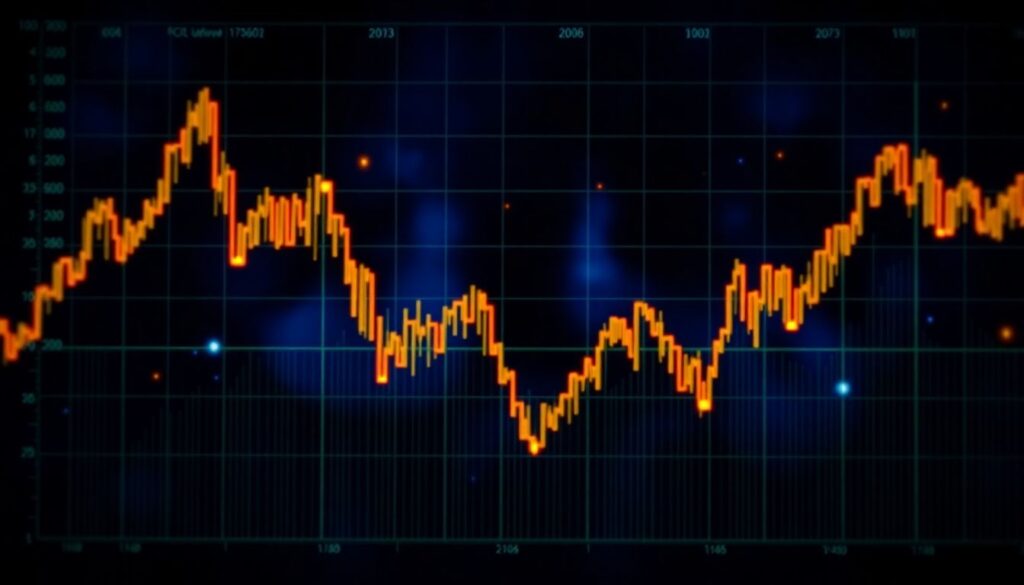Understanding Volatility Shock Absorption in Modern Markets
Volatility in the Age of Algorithmic Acceleration
In 2025, volatility shock absorption strategies have become essential tools for active traders and institutional investors alike. With algorithmic trading and high-frequency systems dominating price action, quick dips and rallies are no longer anomalies—they’re expected patterns. These sudden price dislocations are often triggered by order flow imbalances, macroeconomic news, or liquidity vacuums. Traders must adapt by using agile, data-driven approaches that respond in milliseconds. Traditional buffering methods like stop-losses or static hedging are often insufficient, leading to the need for dynamic, context-aware strategies.
Comparing Approaches: Static vs. Adaptive Methods

When analyzing how to manage market volatility, we encounter two dominant categories: static risk controls and adaptive algorithms. Static methods include predefined stop-losses, option hedging, and portfolio diversification. These are straightforward but often lag behind real-time price movements. On the other hand, adaptive strategies leverage machine learning, sentiment analysis, and implied-volatility tracking to respond fluidly to market shifts. For example, volatility shock absorption strategies that incorporate real-time options skew changes can detect institutional positioning ahead of price moves, offering an edge over reactive stop-based systems.
Pros and Cons of Modern Technologies
While AI-driven trading systems promise unparalleled speed and precision, they are not without drawbacks. One of the main advantages is the ability to detect microstructure anomalies during market dips, enabling faster recovery positions. These systems can also identify false breakouts during rallies by analyzing tick-by-tick flow. However, overfitting and black-box behavior remain concerns. In contrast, more transparent rule-based systems offer interpretability, but may fail to adapt during regime shifts. The key is balancing automation with oversight—using machine learning as a co-pilot rather than a sole decision-maker.
Non-Standard Strategies for Quick Dips and Rallies
Beyond conventional frameworks, some traders are experimenting with volatility clustering models and micro-timeframe sentiment shifts. For instance, using real-time Twitter NLP sentiment scores during earnings season can help predict sharp intraday reversals. Others employ latency arbitrage techniques during news events to capture split-second inefficiencies. These niche investment strategies for volatile markets often require specialized infrastructure but can outperform broader market hedges. Another innovative approach involves inverse-volatility rebalancing, where portfolio exposure increases during low-volatility environments and contracts aggressively during sudden spikes.
How to Choose the Right Strategy

Selecting the right volatility shock absorption strategy depends on trading style, capital size, and risk tolerance. For short-term traders focused on quick dips and rallies trading, high-frequency scalping with dynamic order book analysis may provide the best edge. Long-term investors, meanwhile, may prefer volatility-aware asset allocation combined with protective options overlays. One practical recommendation is to test multiple strategies in parallel through sandboxed environments—this allows for stress-testing under simulated shock events without risking real capital. Ultimately, flexibility and customization trump one-size-fits-all approaches.
Current Trends and 2025 Outlook
Looking ahead, market participants are increasingly focused on hybrid models that combine discretionary oversight with AI-powered execution. In 2025, decentralized finance (DeFi) protocols are also beginning to integrate volatility management tools, allowing for peer-to-peer hedging during turbulent conditions. Additionally, central bank digital currency (CBDC) news is frequently triggering flash volatility, requiring new trading tips for market dips. As global markets become more interconnected, geopolitical headlines and cross-asset contamination will play larger roles in intraday volatility. Staying ahead in this landscape requires both innovative thinking and robust technical execution.
Conclusion: The Future of Shock Absorption
In conclusion, volatility shock absorption strategies are no longer optional—they’re foundational to successful trading in 2025. Whether navigating sharp drops or sudden rallies, traders must combine speed, adaptability, and insight. Embracing non-traditional tactics, such as real-time sentiment analytics or volatility clustering, can offer a decisive edge. But perhaps the most important takeaway is the need to remain agile. In markets where the only constant is change, your strategy must evolve as quickly as the price does.

